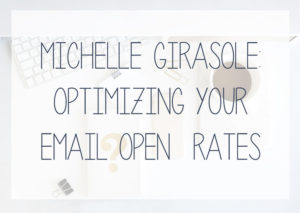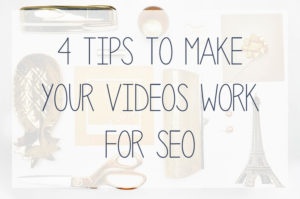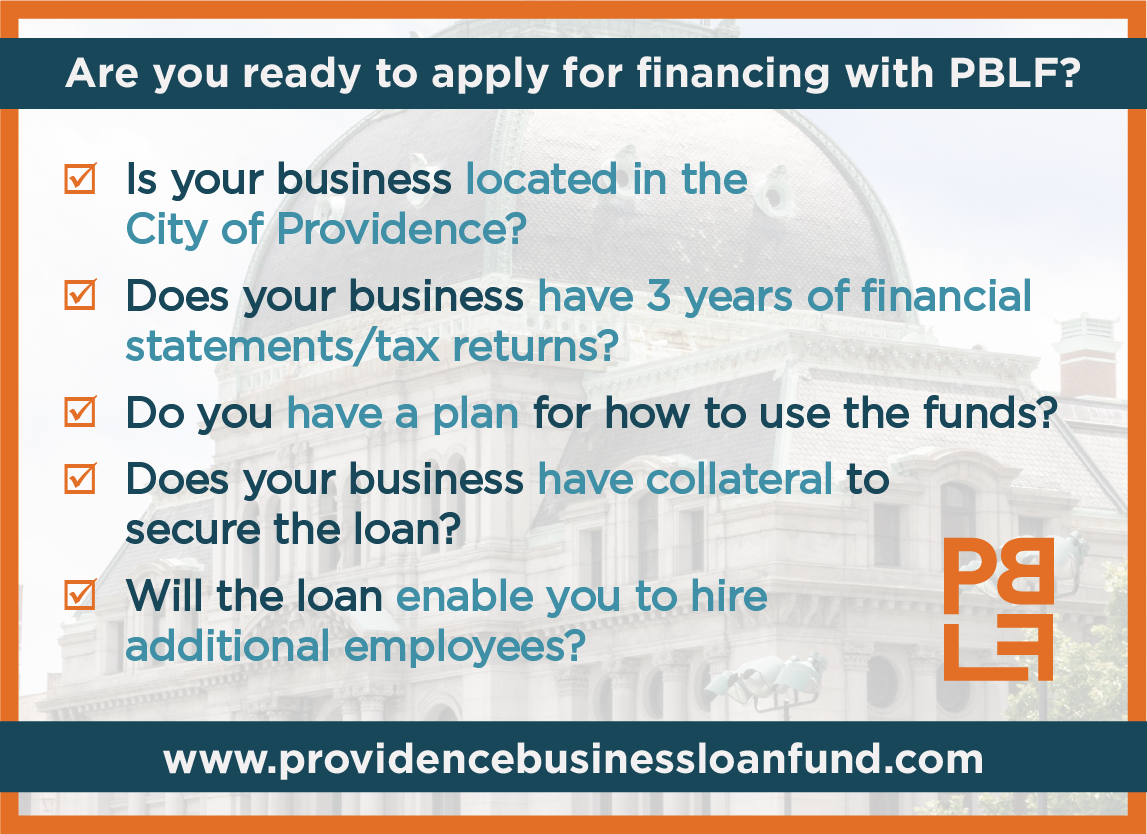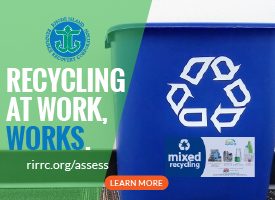 All Entries Tagged With: "email marketing"
All Entries Tagged With: "email marketing"
Stop Whining, Start Blogging

Don’t want to blog? We don’t CARE! (Ok, we do care, but hear us out). It doesn’t matter if you don’t like blogging. You HAVE to do it anyways! Blogging is one of the MOST effective things you can do to promote your business online.
– Websites with blogs have 434% more indexed pages in Google than those that do not.
– Marketers who use blogs get 67% more leads that those that don’t.
– 47% of buyers view 3-5 pieces of content before purchasing or contacting a company.
And in order to help you, we’ve officially launched our newest class, “Stop Whining, Start Blogging”. We’re sharing some of our biggest blogging secrets and walking you step-by-step through our best practices to guarantee you’ll be successful! Click here to learn more about this class.
Hub Digital – Who We Are

While it might seem like we’re super education-focused lately (our online classes), we are tenaciously passionate about working with small to medium sized businesses to reach their business development goals.
Who are we? We are a dynamic boutique digital marketing firm that is dedicated to serving businesses that know their niche, but might be having some trouble reaching the right audience. Check out our latest video to find out more about Hub Digital.
Email – 5 Seconds Can Make or Break Your Next Customer Sale!

Optimizing Your Email OPEN Rates…
Today, we’re (Hub Digital) proud to feature one of our favorite partners and friends, Michelle Girasole of Constant Contact, who is breaking down how to get more attention with your email marketing.
If your customer reads your next email on their mobile device, it will take them just under five seconds to decide if they will read it or delete it. That email had better be good if you want to get their attention and your next sale!
Despite this daunting fact, email is still one of the best values for your marketing dollar. Entrepreneur Magazine just published an article suggesting that email marketing is the “The One Marketing Tool Entrepreneurs Should Focus on for 2017”. It is more effective than many other marketing tactics – not only for building brand awareness, but also for inviting ACTION, the lifeblood of your business. And remember, a customer sale is not the only measurable action, though this is the ultimate end goal. If customers are opening your emails, reading the content, clicking on buttons, links and graphics, asking questions and/or sharing your content on their social media channels, then congratulations! This means you have nurtured a treasure trove of highly engaged subscribers, which will soon lead to sales with consistent, relevant and valuable marketing outreach and sales effort.
If you send an email out and hear only crickets, it is time to rethink your strategy. There are three questions you need to ask in order to achieve success in email marketing:
1) Who cares? You have likely built a large list of email subscribers. Are these people all prospects for business, or just people you know? Do you segment your list and send targeted messages based on their interests, or do all subscribers get the same message? It may be time for a list review. Clean out those addresses that bounce. Segment the folks who click on emails into a “VIP” list that gets special offers or early notice of news or deals. Treat them special, because they are. On average, only 5-18% of subscribers click through, according to Constant Contact, who reviews 200 million customer emails every year. The ones who click through should get special attention, and if you don’t know who they are, you need to find out.
2) What do they care about? What you say in the subject line of your next email should speak directly to the very topic that your customers care the most about. About 1/3 of email subscribers decide to open the email or hit delete, based solely on the content in the subject line! Make your subject line compelling and deliver on the promise of the subject line in the body of your email. Create content based on what they have clicked on in the past – what are their interests? What questions are they asking you at the networking meetings? What problems have you solved for customers this week? Turn those questions and problems into the storytelling that sells your services or products. 80% of your content should be informative, educational and/or entertaining. Only 20% should be sales-oriented, so if you are using your email to deliver discounts and sales offers exclusively, you are missing the point.
3) What happened last time and what do I do next? Most email marketing platforms worth their salt have automated reporting that tell you exactly what happened the last time you sent an email out. Who opened? Who didn’t? Who clicked? What did they click on? What time of day did most people read it? Who came back more than once? What emails bounced back as undeliverable? All of these factors should be studied within 24 hours after you send your email, and careful consideration should be given as to what to do next. There is so much knowledge at our fingertips that can help us pack some power into the next email we send, and yet many of us just look at the open rate as the single factor of success. Read your reports and make marketing decisions based on what you find.
Email is the number one app used on smartphones today. Access to email is everywhere we go, and so we have an opportunity to reach people wherever they are. We’re no longer restricted to communication during daytime working hours to people sitting at their desktops. We can reach them at the coffee shops, football fields and even in their beds. (When was the last time you checked messages one more time, before turning out the light, hmm?) This is a powerful marketing tool, and we must use this power wisely. By using email to nurture your audience, you will build credibility and trust, and invite action. And, people taking action is the only thing that will drive ever your business growth.
Michelle Girasole is an email marketing industry veteran. A marketing professional for 24 years and a Constant Contact solution partner since 2003, Michelle is the only one certified to teach Constant Contact workshops in Rhode Island. She teaches many free workshops for Rhode Island small business and non-profit organizations, many sponsored by SBA/SCORE and the area chambers of commerce. For a calendar of her upcoming workshops click here.
4 Tips To Make Your Video Work For SEO

We’ve said it multiple times, and we’re going to say it again: Video is the king of all content marketing right now. People LOVE video. Customers LOVE video. Social Media LOVES video. But most important, Google LOVES video. So, now that you’re convinced that you want to create great engaging video content that you’re audience will love watching, how can you optimize that amazing video for search? Check out these 4 tips to learn how you can optimize your videos and start driving organic traffic and eyeballs to your content.
1. Start with the content – Researching keywords is something we harp on when it comes to writing blogs, and this is no different when it comes to creating videos. Start brainstorming content ideas around keywords that are popular with your audience. Think about Frequently Asked Questions or things people are searching for within your business vertical. Your videos should answer those questions or explore those topics. Not only will the videos be more popular with your audience, but they will be more likely to show up in more common searches.
2. Now get writing – It may sound counterintuitive to talk about writing when it comes to videos, but there should ALWAYS be text associated with your video. Things like the title of your video, a brief description and even the filename matter. Include your keywords in the filename of your video when save it, before uploading it to your chosen platform (more on that later). Then make sure you write titles and video descriptions that include a brief overview of what your video will be addressing, and don’t forget the keywords! (Are you sick of us talking about those yet…)
3. Choose your hosting platform wisely – First thing’s first, ALWAYS add your video to your website. In most cases you may need to upload it to YouTube or Vimeo first, then embed on your website, but that is all dependent on your own individual website builder. Whether you put it in your blog or on some other page, hosting your video on your website is critical. If you’ve done the SEO work on your website that you should have, (check out this blog to learn more about that topic) your video is only going to benefit. Capitalize on that SEO (in fact, even add to it) by publishing your videos on your website. After that, run through some of the more popular video hosting and social outlets to not only increase your SEO (and links back to your website), but to promote your video to the various audiences.
4. Use your video for good – Ok, so you’ve published your video on your website, Youtube and Vimeo and then promoted it on Facebook, LinkedIn, Twitter and Instagram. Now what? Use your video to start doing the thing it was intended to do, help people! Look through message boards or in groups related to your business and see where people are asking questions around your particular topic. Commenting on these posts with a link back to your video is a great way to drive organic traffic to your video without seeming spammy or annoying. People in these places are looking for information. And you’re here to provide it!










